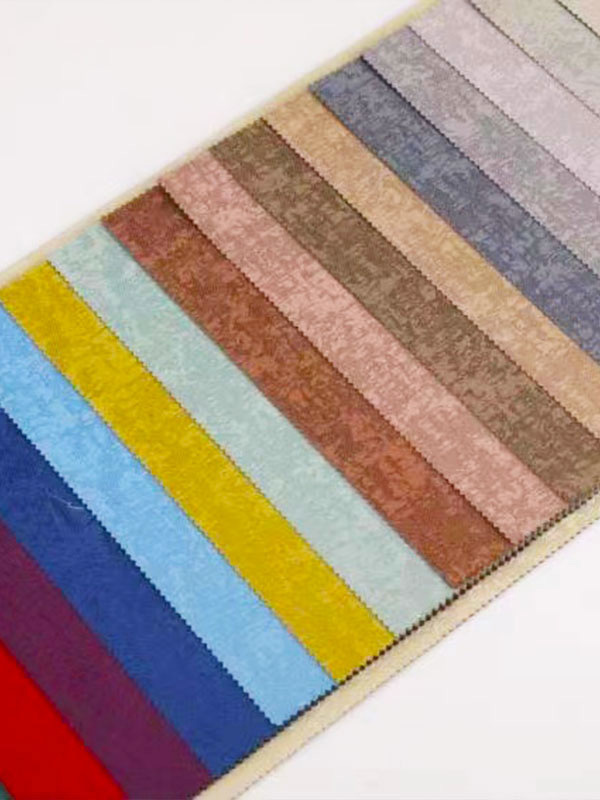Composite coated fabric is a flexible material that has been covered with rubber for use in various applications. The coating can be applied to one or both sides of the fabric, depending on the intended application. The rubberized fabric is durable, waterproof and has good oil and heat resistance. It also has low permeability, making it a good choice for gas and water filters. The coating on the fabric can be made from polyvinyl chloride (PVC), neoprene or rubber.
Manufacturer of standard and custom needle-punched nonwoven fabrics. Suitable for dermal wraps, face masks, entry mat textiles, wall coverings, carpet backing and padding, and air, water and fuel filters, as well as erosion control and drainage. Products serve the aerospace, commercial, construction, geotextile and marine industries. Custom colors, patterns and widths are available.
Supplier of carbon fiber, fiberglass and Kevlar(r) prepreg reinforcement fabrics, mats, sleeves, tapes, resins and tools. Offers a range of thicknesses, sizes and styles, with quantity discount and same day shipping options. Served the aerospace, military, automotive and marine industries.
The fatigue damage development in woven carbon-fiber/epoxy composites depends on the direction of the load, since the mechanical properties of composites are anisotropic, with much greater stiffness and strength in the warp or weft direction than in transverse directions. This is the case even for fabrics which are oriented parallel to the loading direction. When loads are applied perpendicular to the weaving direction, the fatigue behavior of the composite is dominated by the ductility of the matrix rather than by the fibers, particularly at high fatigue frequencies when hysteresis heating occurs.
Graphene was compounded with polyaniline to prepare a polyaniline/graphene composite coated fabric, and its polarizing ability, loss ability and absorbing-attenuation ability to electromagnetic waves were enhanced. The tensile strength and elongation at break of the coated fabric both increased as the coating layer thickness increased, reaching a peak value at the 0.5 mm layer thickness.
A CNF/PVDF-HFP composite was coated on cotton fabric with various circuit patterns to investigate its electrical and electric heating properties. The current-voltage (I-V) characteristics of the coated fabric showed that the current increased with increasing horizontal and vertical circuit lines. IR thermal images of the P3 and 2P3 samples demonstrated that their surface temperatures reached 71.7 +- 9.0 and 75.7 +- 7.7 degC at an applied voltage of 20 V, respectively. They also had a uniform heating distribution. The results of this study demonstrate that CNF/PVDF-HFP coated cotton fabrics with various circuit patterns could be used to manufacture electric heating elements.




 English
English 中文简体
中文简体







